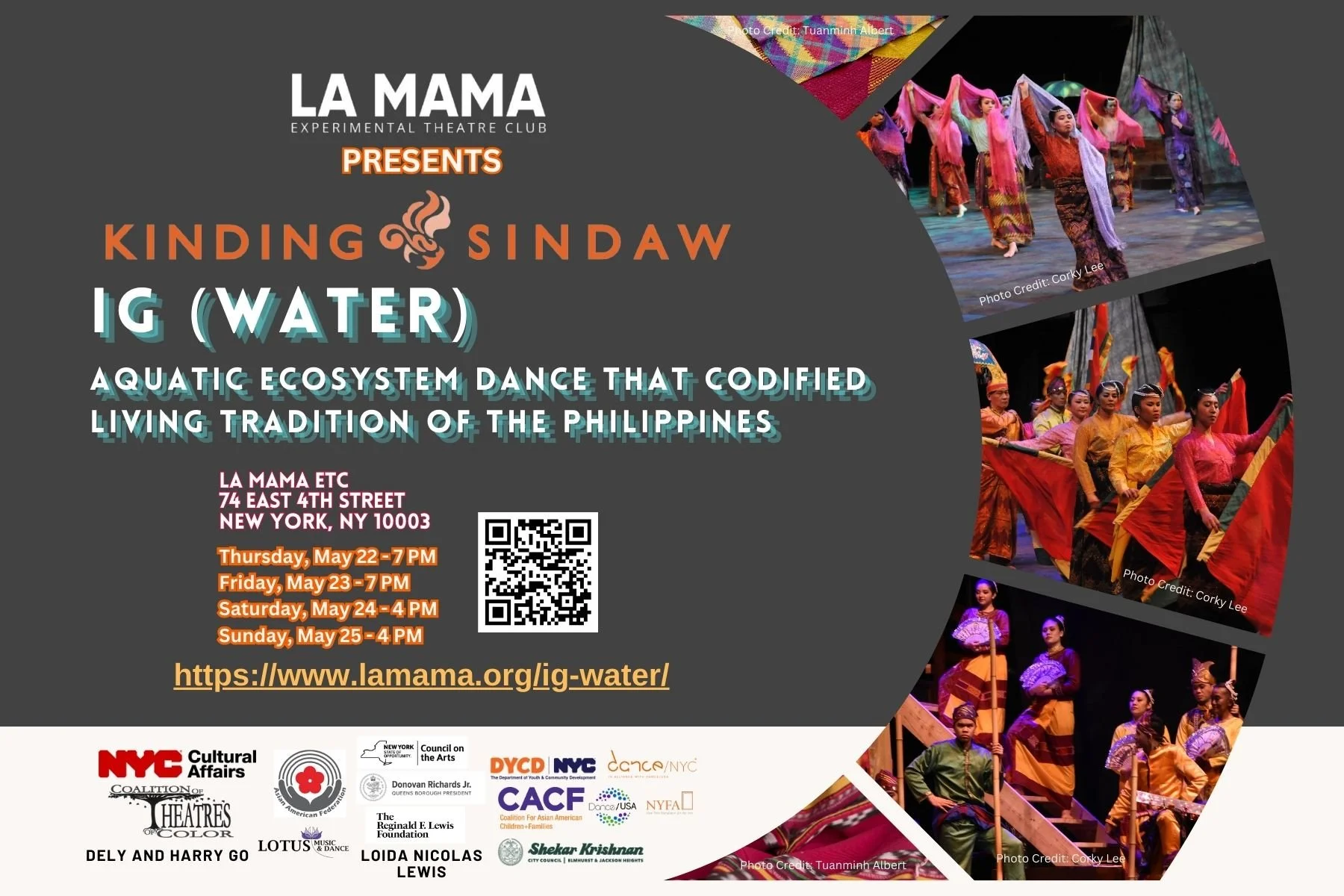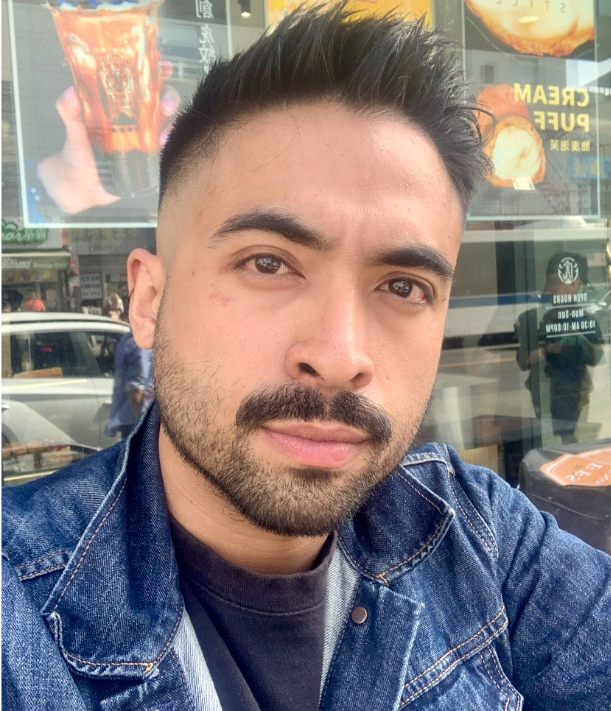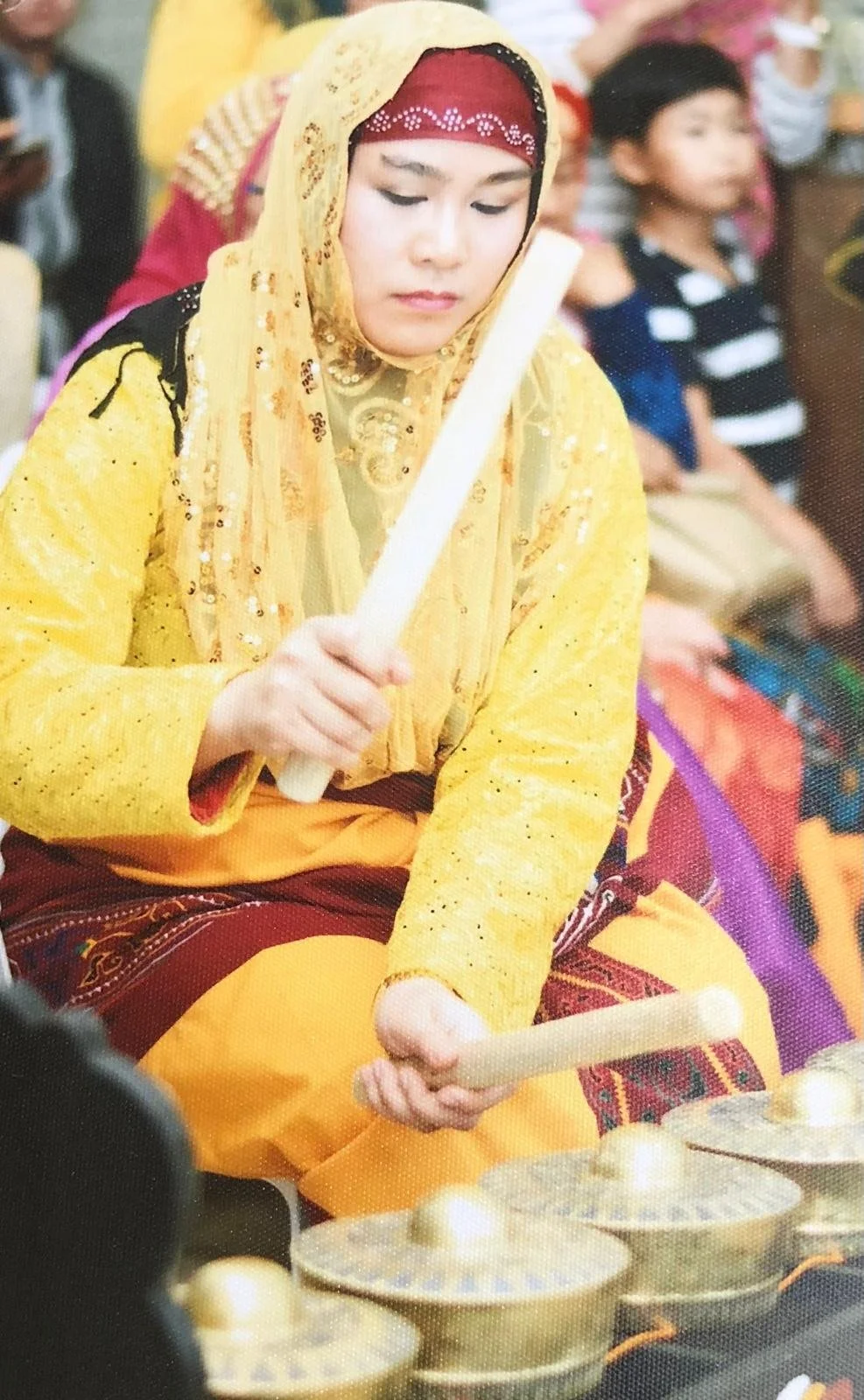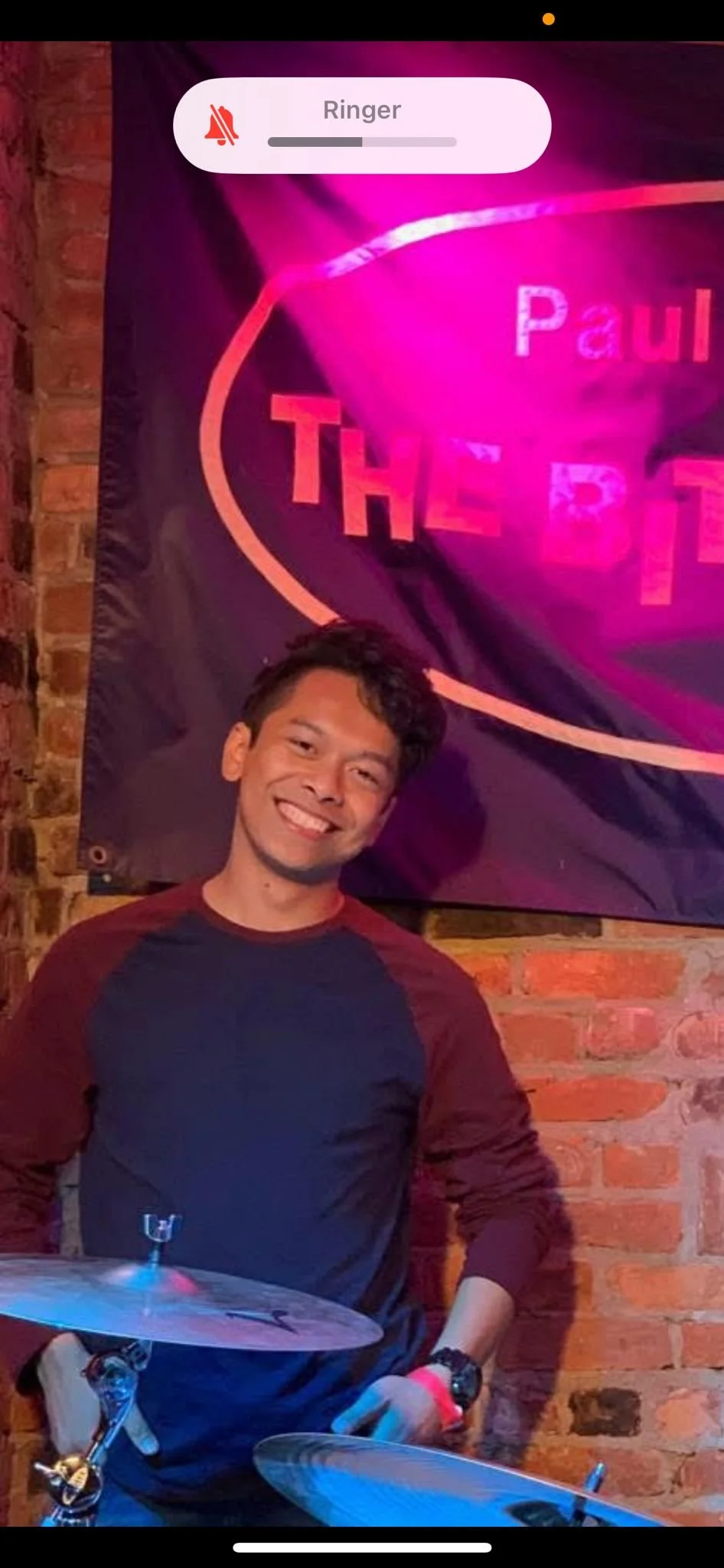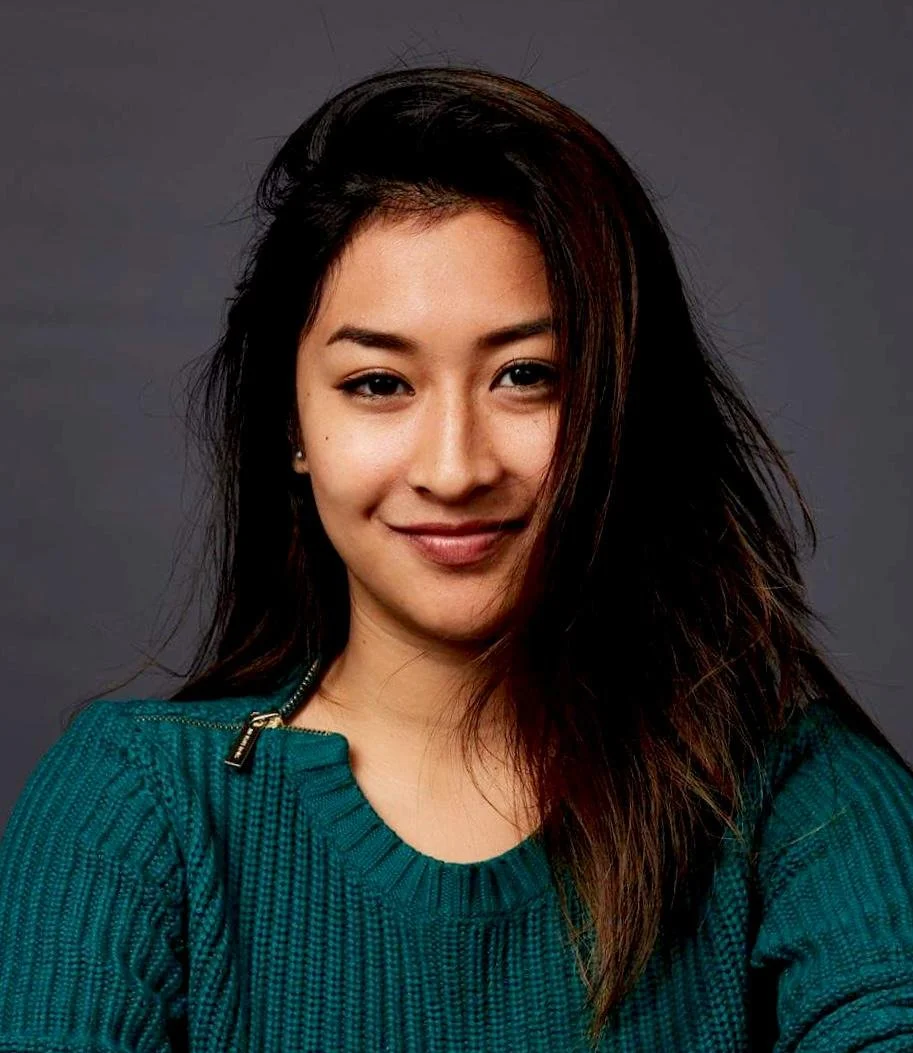Ig (Water)
Aquatic Ecosystem Dance that Codified Living Tradition of the Philippines
Ig (Water) immerses audiences in the natural beauty of the Philippine archipelago through dance, depicting the ebb and flow of oceans, still lakes, waterfalls, and rivers. The performance showcases traditions from the Meranao, Maguindanao, Tboli, and Taosug peoples, sharing rituals and stories from the Derangen, Lemlunay, and Kissa epics.
You’re diving into a beautifully rich and intricate tapestry of Southern Philippines history, where oral tradition, dance, and maritime culture are deeply interwoven. Let’s explore this further by unfolding the layers you’ve touched upon:
The Waters of Southern Philippines and the Maritime Identity
The southern Philippines—particularly the Sulu Archipelago, Mindanao, and surrounding waters—has long been home to maritime ethnolinguistic groups like the Yakan, Iranun, Maguindanao, and Meranao. These peoples have lived in rhythm with the sea, which doesn’t just serve as a resource, but as a pathway of memory, migration, and myth-making.
Waters as Address: For many of these communities, identity is not fixed to land but to currents and coastlines. Traditional navigation, fishing cycles, and even seasonal rituals are guided by marine rhythms and ancestral routes—which are embedded in oral history.
The Iranun in particular were once feared and respected seafarers, known across Southeast Asia for their naval prowess. Their lore is filled with seafaring epics and maritime heroes.
Oral History Embodied: The Derangen Epic
At the heart of this living tradition lies the Derangen (or Darangen)—an epic of the Meranao people, inscribed by UNESCO as an Intangible Cultural Heritage of Humanity.
The Darangen spans 17 cycles, encompassing tales of heroic deeds, romantic adventures, and ancestral wisdom.
It is traditionally chanted in archaic Meranao and performed with elaborate court dances and ritual movements—all of which preserve historical memory, cosmology, and ethical codes.
Dance as Living Archive: Ritual, Nature, and Myth
The dances accompanying these oral epics aren’t merely performances—they are ritual re-enactments, preserving and transmitting the sacred code of life.
Key Elements:
Graceful Sea Mimicry: Many movements mimic sea creatures—the swaying of corals, the glide of fish, the undulation of waves. This expresses the people’s closeness with marine life.
Magical Beings:
Sarimanok: A colorful bird believed to be a messenger between worlds—symbolizing hope, harvest, and spiritual connection. It often appears in dances and visual art.
Naga: A serpent-like creature representing guardian spirits of water, fertility, and thresholds. Its image blesses boats, fields, and ancestral homes.
Seasons and Cycles: Many court dances are performed to mark planting or harvest seasons, with gestures inviting abundance and ancestral favor.
Living Traditions in Contemporary Threads
Despite modern pressures, these traditions endure—not just in festivals, but in daily life, weaving patterns, culinary rites, and storytelling. Even urban Meranao youth are reviving these epics through spoken word, contemporary choreography, and digital archiving.
Would you like to go deeper into any of these areas? For example:
The structure and poetic devices of the Darangen
Symbolic meanings of sea creatures in dance
Comparative look at rituals among Yakan, Maguindanao, Iranun, and Meranao
The mythic geography of the southern seas (where specific places are tied to spirits or tales)
Let’s sail further where you wish.
Bios
Kinding Sindaw is a non for profit theater and dance theater established in 1992 and based in NYC that presents repertoire from living tradition and intangible cultural heritage of the Mindanao, Southern Philippines through performances, dance, storytelling, kulintang music ensemble and silat martial art. We are Honoring the Indigenous and Sultanate Bangsamoro and those in diaspora. Kinding Sindaw is non for profit, AAPI / BIPOC lead and membership. Founded by Artistic Director Potri Ranka Manis, a Meranao Bai Labi in diaspora in 1992.
https://www.kindingsindaw.org/
Facebook: https://www.facebook.com/KindingSindaw/
Instagram: https://www.instagram.com/kindingsindaw/
https://linktr.ee/kindingsindaw
Potri Ranka Manis is a tradition-bearer of the Maranao people (People of the Lake) and the Founder and Artistic Director of Kinding Sindaw, preserving indigenous Philippine music, dance, and martial arts.Born and raised on Mindanao, she is the daughter of the late Sultan a Gaus of the Royal House of Borocot, a true modern-day princess. As an artist-activist, she has campaigned tirelessly for the self-determination of the Moro and Lumad communities of the Philippines and other indigenous peoples around the world.
A NYFA Fellow and artist teacher at Lotus Music & Dance, Potri is a playwright (Lemlunay), award-winning poet (Sandstorm in Jeddah), actor (Disoriented), producer (Newyorkustan), and practitioner of the Theatre of the Oppressed. She has conceived, choreographed, and directed many off-Broadway productions, most recently Kinding Sindaw’s 2018 Mindanao: The Legend of Tabunaway, Mamalu, and Their Descendants. She also wrote and performed a one-woman show, The Worry Beads, a tribute to the 9/11 disaster. In addition to her artistic life, she is a board-certified medical-surgical registered nurse and nurse educator; committed to the health and well-being of her community, she created the healing modality, Resilient Ancestral Nurturing Knowledge and Arts (R.A.N.K.A). She is an artist-teacher faculty of Lotus Music and Dance. She is a practitioner of Theater of the Oppressed and a resident Artist of LaMaMa, Experimental Theater Club.
Diane Camino has been with Kinding Sindaw since she was 14 years old. Her long history with Kinding Sindaw is solidified as one of the major Dance Captains with the organization. She has performed in all the Off Broadway production of Kinding Sindaw produced by LaMaMa,ETC (Rajah Mangandiri, Sultan Kudarat, Parang Sabil, Pandibulan, Bembaran, Pagbabalik, and Mindanao: The Legend of Tabunaway and Mamalu).
Jerome Viloria is a queer, non-binary public health professional based in Astoria, NY by way of the Hudson Valley. He first joined Kinding Sindaw in 2018 through their Cultural Arts Education Workshops, and made his debut in Queensboro Dance Festival 2019. Since then, he has become a dance captain and kulintang musician–in–training, while also working behind the scenes in leadership and administration. They are a firm believer in mobilising the people through creative means.
Malaika Queano is a first-generation Filipino American born to Maranao (People of the Lake) and Tagalog parents in New York City. She is a community organizer and cultural artist of southern Philippine, classical Indian, and Indonesian dance. She has been studying Bharata Natyam with Kamala Cesar, disciple of T. Balasaraswati, since elementary school. She has also studied Indonesian traditional dance with Amalia Suryani, founder of the Saung Budaya Indonesian dance company. She started performing at the young age of 2 as a dancer in Kinding Sindaw. She developed into the main musician of Kinding Sindaw through training by master kulintang artist, the late Danongan Kalanduyan. She advocates for the Maranao people to return to their beloved Marawi, to which they tie their identity as the People of the Lake (Ranao) through the #Love4Marawi social media campaign to spread awareness of the 2017 Marawi Siege and the ongoing effects on the people it displaced. In addition to her cultural work and activism, Malaika serves as an Assistant Electrical Engineer NYCDOT.
Ernesto Pamolarco III is a proud child of two rich Filipino legacies—born in Manila and nurtured by the enduring spirit of his Bisaya roots through his parents, Toto and Annabel. He moved to New York with his family at 17 years old and has been a driving force in the Filipino band scene nestled in Woodside, Queens since 2011. Joining Kinding Sindaw gave him the outlet to explore the last island of his Filipino identity through the indigenous music and dance of Mindanao tribes. Since 2024, he has performed in major KS productions where he not just entertained - but celebrated and remembered the resilience of our Filipino ancestors.
Nonilon Queano is a well-recognized poet, playwright, fiction and songwriter, he has won awards in many literary contests, including the Palanca, CCP, and Talaang Ginto, and was appointed as UPCB’s Artist-in-Residence in 1981-1983 by the University of the Philippines system, in recognition of his achievements, literary production, and contributions to Philippine Literature. As songwriter, he is best recognized for his work, “Alay Kay Macliing Dulag” which he wrote in honor of the Kalinga Chieftain and hero who gave his life to the Cordillera Peoples struggle against the Chico River Dam Project during the Marcos regime. In 1990 while on leave to complete his masters and Ph.D. degrees, his musical interest and talents brought him to join Kinding Sindaw as a kulintang artist and consultant. He continued to teach with DECL, UP Diliman, upon his return from the US and until his formal retirement in 2012, although his teaching extended until 2014. In 2018, his short story, “Migrante”, appeared in the UP Institute of Creative Writing, LIKHAAN Anthology, 40/40.
Vivian Chow was first exposed to Kinding Sindaw through her college friend, Malaika (does this name ring a bell?). She then proceeded to help the organization with their social media and slowly became more involved by learning the different indigenous tribes of the Philippines. She is of Burmese and Chinese descent and sees how an organization like Kinding Sindaw not only empowers the Filipino community but the Asian American community at large.
Kelsea Suarez (she/they) comes from a long line of artists from Mindanao—her mother, Nene, danced with the Darangan dance troupe at Mindanao State University, and her father, Jeric, sang folk songs and played guitar. Kelsea joined Kinding Sindaw to continue her parents’ artistic legacies and to explore the deeper threads of her identity, including family stories about their distant Tausug ancestry. Kelsea believes that culture is not merely an inheritance, but a creation, as well as a powerful force of resistance. She has previously figure skated for Team Philippines and is currently a Create Change artist fellow at The Laundromat Project.
Adam Basco-Mahieddine is a multi-disciplinary artist born and raised in Flushing Queens, New York. His Mother is from Southern Leyte, Philippines and his Father is from Casablanca, Morocco. Adam is a recent graduate from Queens College where he obtained his Bachelor’s in Theatre with a focus in Community Organizing. Prior to QC Adam obtained his Associates in Theatre from LaGuardia Community College where he worked with Tony Award Winning Stew Stewart in devising Columbus Is Happening, a new musical that highlights American history and the multi-cultural landscape of Queens which would later make its debut at Joe's Pub at the Public Theater in 2019. Other work of his include Climate Change Theatre Action and his episodic screenplay Bodega Mamis, a horror/comedy adventure series about a magical corner store. Adam is grateful to be a new member of Kinding Sindaw as its always been a dream of his to explore performance beyond the American Theatre mind frame. Adam is excited to continue to create work that transcend and demystify cultural boundaries and by being an embodiment of traditions and understandings that have stood the test of time.
Milagros “Mica” Verendia was born in Quezon City and raised in New York. Her maternal side is from Cabadbaran, Mindanao, with Manabo lineage. She started dancing with Kinding Sindaw last year to get closer to her indigenous Filipino roots and to preserve southern Filipino storytelling traditions amidst its erasure. As a communications professional, Cultural Organizer and Tradition-Bearer-in-Training, she views the amplification of indigenous narratives and culture as not just art, but as an embodied form of political resistance.
Guro Frank Ortega is a [Silat Choreographer/Musician] is a senior member of Kinding SIndaw and assists with the company’s martial arts training and scene choreography as well as music and tribal dance. He performed in major works including, Agama Niyog, Rajah Mangandiri, Lemlunay, Parang Sabil, Bemberan, and many other performances. He is the founder of Tirada Tirsia Kali Silat System, as well as Kinding Sindaw Dance Company. He promotes Philippine Martial Arts through seminars, workshops, and lectures. He trained under the guidance of Grand Master Tuhon Leo T. Gaje and has over 40 years experience in the martial arts. He continues his studies of oral traditions, music and dance of the Philippines to further reinforce his knowledge of the culture.
Ann Rovell “Annie” De Castro is making her Theater Debut! Born and raised in Manila, Philippines. Joined Kinding Sindaw in May 2025 to immerse herself in the diverse range of movements, rhythms, and styles that exist across diverse cultures. A chef and a healthcare professional that believes that dance becomes a bridge that connects people and fosters a sense of belonging and understanding. She joined the dance group to gain a deeper understanding and appreciation of the richness and beauty of Mindanaoan culture.
Marie-Claire Piche is the Co-founder and facilitator of the Theater of the Oppressed Laboratory (TOPLAB, 1990). She is Associate Professor Emerita of French at the College of Mount Saint Vincent.
Faisal B. Monal is currently the choreographer of the CCSPC- Salamindanao Dance Company. He is an Exceptional Moro Master Artist, master artist dancer and a traditional musician ( MAGUINDANAON TRIBE). He play various maguindanaon traditional instruments: kulintang, agong, debakan, babendil, and gandingan, he himself is a chanter and a shaman. He has shown excellence in the dance production in collaboration with other Maguindanaon dance master in several festivals in the Philippines like the Kalilangan Festival (Gensan) T’nalak Festival(South Cotabato) Meguyaya Festival (Nuro,Upi Maguindanao) and many others. As a traditional musician, his Kulintang Group Magui Moro Master Artist has been invited by Kularts, SF CA USA as Philippine Master Artists in Residence and performed several times in selected states of the USA such as Asia Alive!, Asia arts Museum in San Francisco, A Musical Travelogue of the Philippnise Towson University in Maryland, UCLA Class Lectures, Dance Demonstration and many others across the country. He is also a resident artist of Tao foundation for Culture and the arts in Quezon City, Philippines and joined Grace Nono’s major concert abroad in Nagoya, Japan, Asia Pacific week in Berlin, Germany, Barcelona, and in Spain.
Hadja Bai Cabayan D. Bacar, Ph D. is a Resident Doctor of Philosophy in public administration and a Bailabi Pagrangan Sambuanga del Sur, a noble woman and a member of the royal ladies of Sultan Kudarat’s descendants of the Philippines. She is from Cotabato City in Mindanao worked 43 years in government but has now retired. She studied in Marawi State University and was a member of the Derangen Cultural troupe and now acts as one of their dance advisors. She is a scholar, dancer, kulintang player, singer, and actor. She wants to support the show in order to promote her very rich culture and strives to be globally known. She has aspirations for her community to be known and recognized as part of the Philippines, to garner recognition for her preserved culture, traditions, and government despite 400 years of colonization from different foreign entities. This is her 2nd time coming to the USA for Kinding Sindaw but her first production with the group as her initial visit was only a workshop.
Bai Labi Fatima Maruhom is an Iranun Tradition Bearer, preserving the Derangen chants and kulintang musical practices.
Mohammad Zebede Dimaporo joined Kinding Sindaw in January 2008. He first learned of Kinding Sindaw when he was still in the Philippines during a TV feature about the treatment of Moro Muslims after 9/11 and was surprised to see a proud Maranao in New York. He quickly joined once he moved to NYC and performed in the LaMama, E.T.C. produced shows Bemberan, Pandibulan, Tao Marayao, and Mindanao: The Legend of Tabunaway and Mamalu. He is the son of Sultan sa Masiu Mohammad Ali Dimaporo (Maranao) and Bai Momina Pataran–Potri Maamor sa Kormatan, a tradition bearer (Iranun), direct descendant of the Sultan sa Maguindanao (Maruhom Batua). He is a badminton enthusiast besides being a Community Health Worker and Patient Care Associate. Mohammad also has expertise in accounting and insurance.
Nodiah Biruar is born of Iranun parents from Parang, Maguindanao, Philippines. Nodiah has been a member of Kinding Sindaw since 2009. She is also a member of Kalilangan and Cultural Dance Ensemble Troupe. Nodiah came to the U.S. in 2007 as a Registered Nurse, currently specializing in Behavioral Health. She learned the southern Philippine Sultanate dances from her mother, who is a tradition-bearer (Iranun).
Inthesar Mohammed is an Iranun Tradition Bearer, involved in the continuation of traditional musical practices.

Scenes
-
Potri Introduction
Sarimanok
Naga -
Bai Fatima Introduction of Derangen Chant
Fishing/Tauti
Facepainting / Groom Dress
Paunjallay (Belt)
Magmalam (Plate)
Athan for Maghrib -
Rinayung Pandara (Group Boat Flag Dance)
Lullaby by Hadja Bai Cabayan D. Bacar, Ph D. / Coronation
Paga Apir Apir (Fan)
Paga Uhong (Umbrella)
Kulintang Solo by Bai Labi Fatima Maruhom
Singkil
Three Poems -
MNLF Song of Love of Bangsa
Sagayan
Silong sa Ganding
Curtain Call

